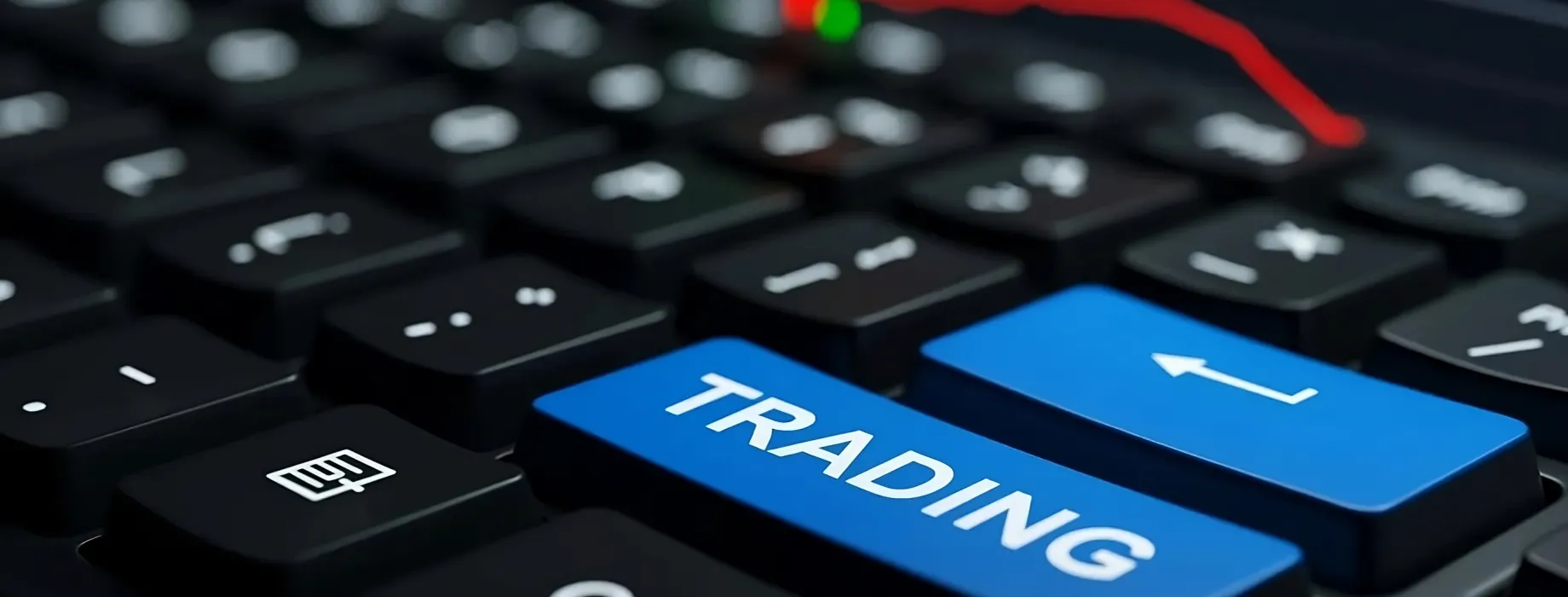- Chart pattern recognition (head and shoulders, double tops/bottoms)
- Support and resistance level identification
- Trend analysis using moving averages
- Indicator interpretation (RSI, MACD, Stochastic)
Forex Trading for Beginners Full Course: Master Currency Trading Fundamentals

The foreign exchange market offers significant opportunities for traders at all levels. This forex trading for beginners full course covers essential concepts, strategies, and practical techniques to help new traders navigate the currency markets confidently and develop sustainable trading habits.
Understanding Forex Market Fundamentals
The forex market is where currencies are traded against each other, making it the largest financial market in the world with a daily volume exceeding $6 trillion. When starting your trading journey, understanding basic concepts is crucial.
| Term | Definition |
|---|---|
| Currency Pair | Two currencies quoted against each other (e.g., EUR/USD) |
| Base/Quote Currency | First currency is base, second is quote (buying/selling base using quote) |
| Pip | Smallest price movement in a currency pair |
| Spread | Difference between buy and sell prices |
Beginning traders should focus on major currency pairs which offer better liquidity and tighter spreads. These include EUR/USD, USD/JPY, GBP/USD, and USD/CHF.
Setting Up Your Trading Environment
Before executing your first trade, you need the right setup. Many brokers like Pocket Option offer demo accounts where you can practice without risking real money.
| Trading Tool | Purpose |
|---|---|
| Trading Platform | Software for market analysis and trade execution |
| Economic Calendar | Schedule of economic events affecting markets |
| Risk Calculator | Tool to determine appropriate position sizes |
| Technical Indicators | Mathematical calculations to identify potential trading opportunities |
Essential Technical Analysis Skills
Technical analysis forms the backbone of many trading strategies. The forex trading for beginners full course must include these fundamental concepts:
| Chart Timeframe | Trading Style |
|---|---|
| 1-5 minute | Scalping |
| 15-60 minute | Day trading |
| 4-hour to daily | Swing trading |
| Weekly/Monthly | Position trading |
Fundamental Analysis Basics
While technical analysis shows price patterns, fundamental analysis explains why prices move. Key factors include:
- Interest rate decisions by central banks
- Inflation reports and economic growth data
- Employment statistics and consumer sentiment
- Geopolitical events affecting currency values
Combining both technical and fundamental approaches provides a more complete market perspective. Many forex trading seminars emphasize this balanced approach.
| Economic Indicator | Potential Market Impact |
|---|---|
| Interest Rate Decision | High – can cause major trend changes |
| GDP Data | Medium to High – reflects economic health |
| Employment Reports | High – especially Non-Farm Payrolls |
| Inflation Data | Medium to High – influences monetary policy |
Risk Management Strategies
Successful traders prioritize capital preservation. Consider these essential risk management principles:
- Never risk more than 1-2% of your trading capital on a single trade
- Always use stop-loss orders to limit potential losses
- Maintain a positive risk-to-reward ratio (minimum 1:2)
- Keep detailed trading journals to identify patterns in your performance
Many traders benefit from forex trading certification programs that emphasize proper risk management techniques alongside technical skills.
| Account Size | Maximum Risk Per Trade (1%) |
|---|---|
| $1,000 | $10 |
| $5,000 | $50 |
| $10,000 | $100 |
| $25,000 | $250 |
Developing Your Trading Plan
A structured approach to trading improves consistency. Your trading plan should include:
- Specific entry and exit criteria based on your strategy
- Risk management rules (position sizing, maximum daily drawdown)
- Trading schedule and preferred market sessions
- Process for reviewing and improving your performance
Trading without a plan is like navigating without a map. Even experienced traders use detailed plans to maintain discipline during volatile market conditions.
Conclusion
Learning forex trading requires dedication and continuous education. This forex trading for beginners full course covers fundamental concepts, but mastery comes through practice and experience. Start with a demo account, focus on risk management, and gradually develop your personal trading strategy. Platforms like Pocket Option offer resources for beginners, while forex trading seminars and forex trading certification programs provide structured learning paths for serious traders.
FAQ
How much money do I need to start forex trading?
You can start with as little as $100-$500 with many brokers, but a more comfortable beginning balance is around $1,000-$2,000. This allows proper risk management without worrying about depleting your account with a few losing trades.
How long does it take to learn forex trading?
Basic concepts can be learned within a few weeks, but developing consistent profitability typically takes 6-12 months of dedicated practice. Most successful traders continue learning throughout their careers.
Is forex trading suitable for part-time traders?
Yes, many traders operate part-time by focusing on specific trading sessions or longer timeframes. The 24-hour nature of forex markets makes it adaptable to various schedules.
What is the best currency pair for beginners?
EUR/USD is often recommended for beginners due to its high liquidity, tight spreads, and abundant analysis resources. GBP/USD and USD/JPY are also popular starting points.
Are forex trading courses worth the investment?
Quality courses can accelerate your learning curve and help avoid costly mistakes. Look for courses with proven track records, practical exercises, and ongoing support rather than those promising unrealistic profits.